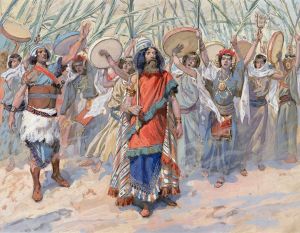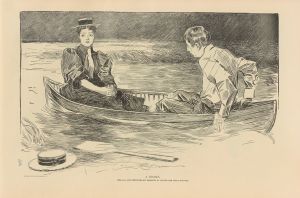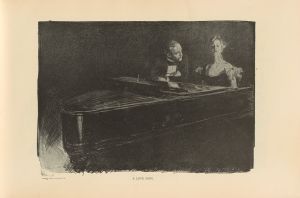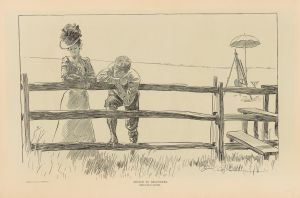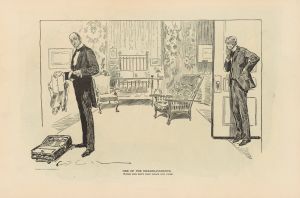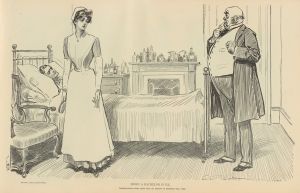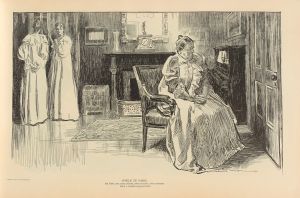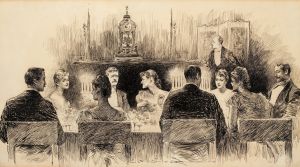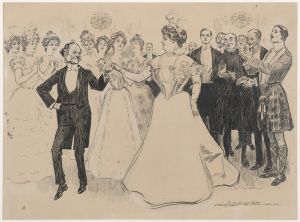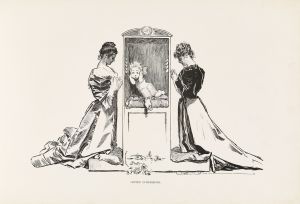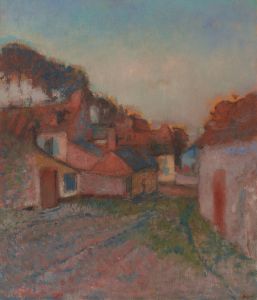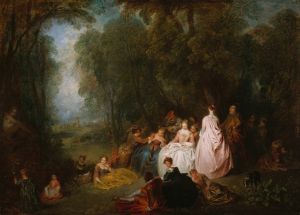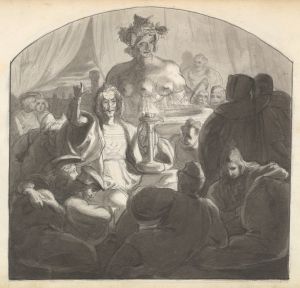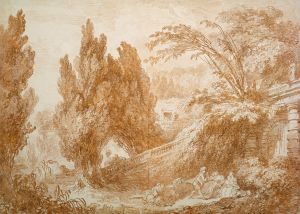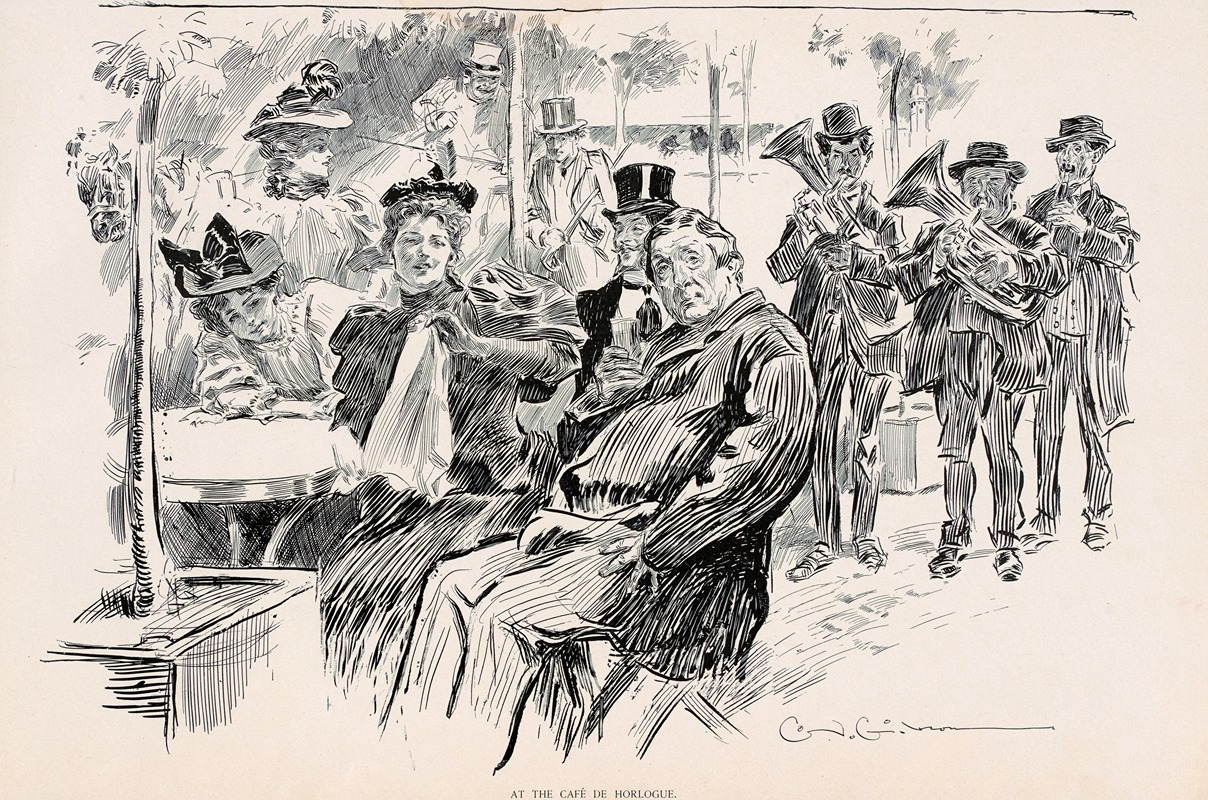
At the Cafe de Horlogue
A hand-painted replica of Charles Dana Gibson’s masterpiece At the Cafe de Horlogue, meticulously crafted by professional artists to capture the true essence of the original. Each piece is created with museum-quality canvas and rare mineral pigments, carefully painted by experienced artists with delicate brushstrokes and rich, layered colors to perfectly recreate the texture of the original artwork. Unlike machine-printed reproductions, this hand-painted version brings the painting to life, infused with the artist’s emotions and skill in every stroke. Whether for personal collection or home decoration, it instantly elevates the artistic atmosphere of any space.
Charles Dana Gibson was an influential American illustrator, best known for his creation of the "Gibson Girl," a representation of the idealized American woman at the turn of the 20th century. His work captured the social dynamics and fashion of the era, often with a touch of humor and satire. One of his notable works is "At the Cafe de Horlogue."
"At the Cafe de Horlogue" is a black-and-white illustration that exemplifies Gibson's keen eye for detail and his ability to capture the essence of social interactions. The artwork depicts a scene in a cafe, a popular social setting during the late 19th and early 20th centuries. Cafes were places where people gathered to socialize, discuss ideas, and observe the latest trends, making them a fitting subject for Gibson's work.
In this illustration, Gibson showcases his characteristic style, which combines fine lines with a strong sense of composition. The scene is lively, with patrons engaged in conversation, reflecting the social vibrancy of the time. The figures are elegantly dressed, indicative of the fashion trends that Gibson often highlighted in his illustrations. The men are typically seen in suits, while the women wear the stylish dresses of the era, complete with the elaborate hats that were in vogue.
Gibson's work often included subtle social commentary, and "At the Cafe de Horlogue" is no exception. The interactions between the characters can be seen as a reflection of the social norms and gender roles of the period. The "Gibson Girl" archetype, which appears in many of his works, is often portrayed as independent and confident, challenging the traditional roles of women. Although it is not explicitly stated that a "Gibson Girl" is present in this particular illustration, the women depicted likely embody some of these characteristics, given Gibson's consistent thematic focus.
The setting of a cafe also allows Gibson to explore themes of modernity and the changing social landscape. During this time, cafes were becoming more popular as urbanization increased and people sought new venues for social interaction. This shift is subtly captured in the illustration, as the cafe serves as a microcosm of the broader societal changes occurring during the period.
Gibson's illustrations were widely published in magazines such as Life, Harper's Weekly, and Scribner's, reaching a broad audience and influencing public perceptions of style and social norms. His work, including "At the Cafe de Horlogue," played a significant role in shaping the visual culture of the early 20th century.
Overall, "At the Cafe de Horlogue" is a testament to Charles Dana Gibson's skill as an illustrator and his ability to capture the nuances of social life during his time. Through his detailed and expressive style, Gibson not only entertained but also provided insight into the cultural shifts of his era.





